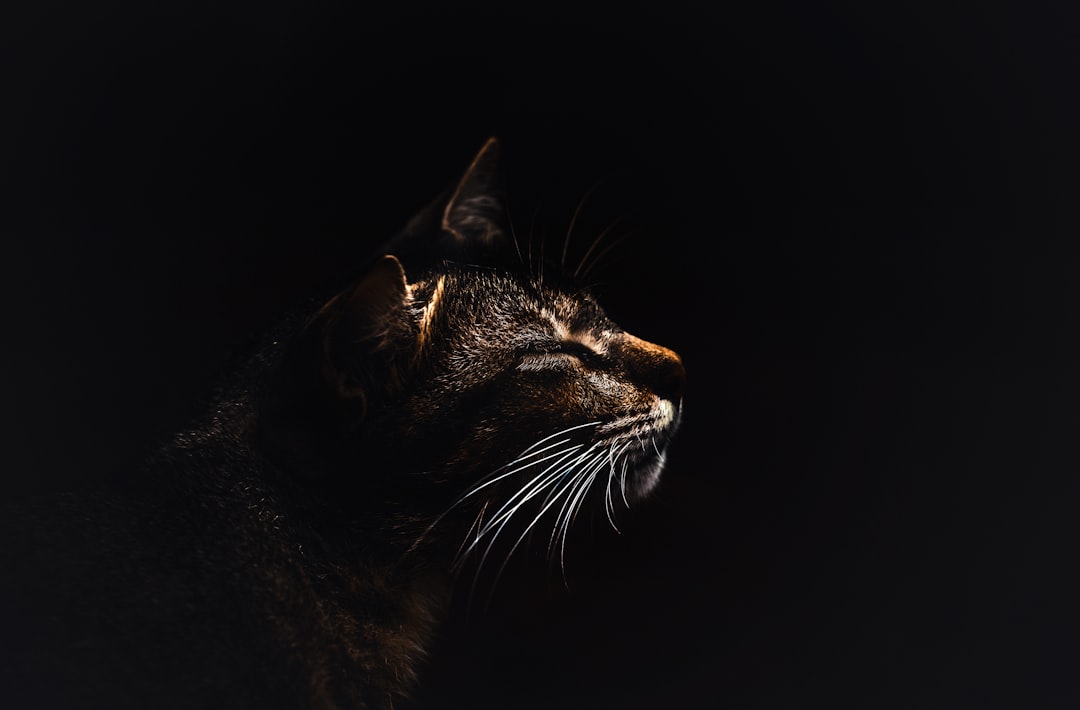What is it about?
Sexy female ornaments are rare in nature, but the common glow-worm (Lampyris noctiluca) is an exception. Flightless females glow at night to attract flying males. Adult females do not eat, so they have limited energy for glowing, survival and eggs. Due to this, females are under pressure to get a mate as soon as possible. We show that males go for the brightest glow, and that female brightness correlates with fecundity. Thus glow is fecundity-indicating ornament and might have evolved because of large variation among females in fecundity, and because males cannot directly assess female fecundity.
Featured Image
Read the Original
This page is a summary of: I'm sexy and I glow it: female ornamentation in a nocturnal capital breeder, Proceedings of the Royal Society B Biological Sciences, October 2015, Royal Society Publishing,
DOI: 10.1098/rsbl.2015.0599.
You can read the full text:
Resources
Contributors
The following have contributed to this page










